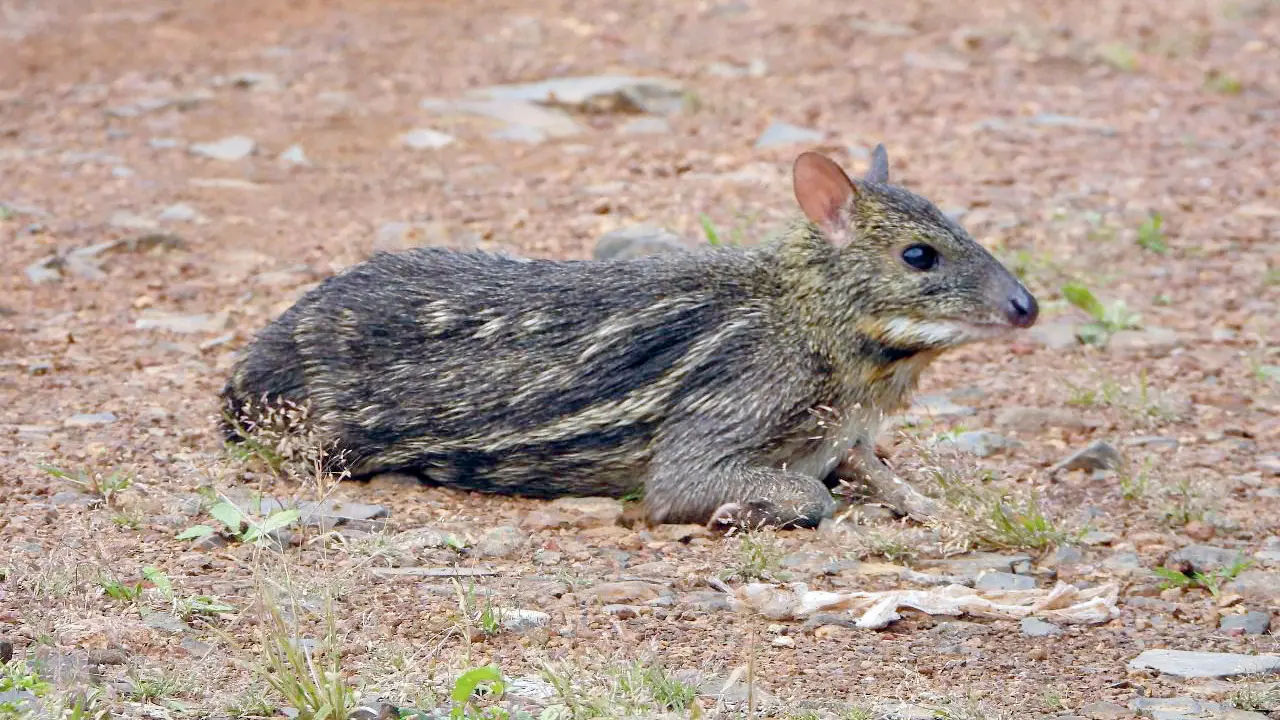In what can be described as a rare sighting, the Wildlife Research Division of the Vivek PARC Foundation recorded the presence of the elusive Indian mouse deer (Moschiola indica) during a field visit at Tungareshwar Wildlife Sanctuary (TWS) in Vasai. It was spotted and recorded by Field Ecologist Rovhin Todankar during a field visit.
The Indian mouse deer is the smallest deer species found in India. It is a nocturnal and extremely shy animal, typically inhabiting semi-evergreen, moist evergreen, and tropical deciduous forests. Because of its elusive nature and preference for dense forest habitats away from human settlements, sightings of this species in the wild are exceedingly rare.
Todankar from the PARC Foundation told mid-day that they were on a field survey, travelling in a vehicle along with the forest department staff on Friday when suddenly, one of the staffers pointed ahead and said, “Sir, look, there’s a hare!” As the team moved a little closer, they realised it was actually a mouse deer.
“This sighting reinforces the ecological importance of Tungareshwar as a refuge for several elusive and sensitive forest species. Continued monitoring and habitat conservation are essential to protect such species from habitat loss and human disturbance,” said Todankar.
The Indian mouse deer is also known as the Indian spotted chevrotain. Its body length is just 23 inches (57.5 cm), with a tail length of 1 inch (2.5 cm). The mouse deer weighs about 3 kg.
According to the International Union for Conservation of Nature (IUCN), the Indian mouse deer is currently listed as a species of Least Concern. However, habitat degradation and human disturbances continue to pose challenges to its population and habitat security.











